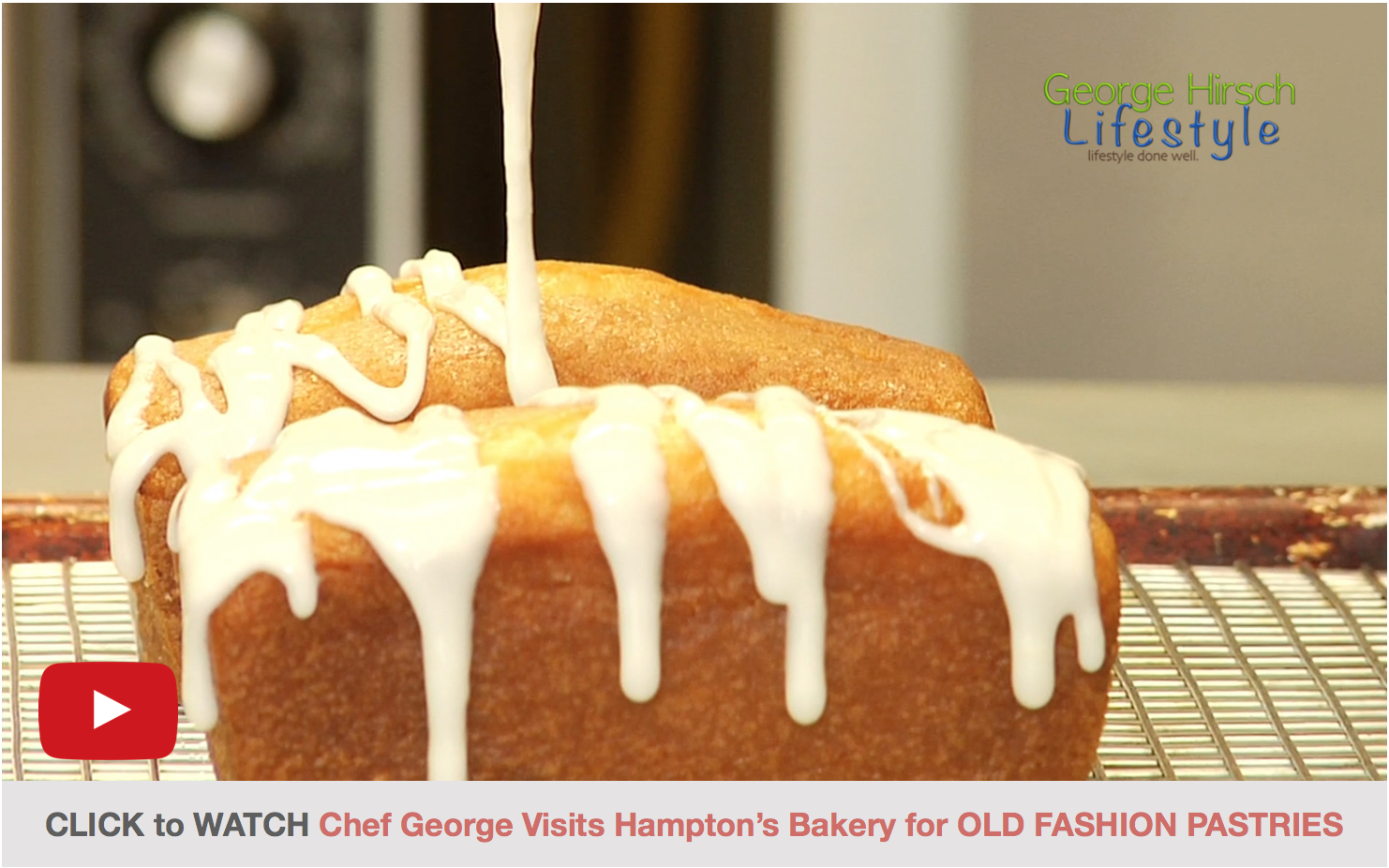The best scones are delicate and cake-like with slight crumble. Having filmed many times on the Emerald Aisle, I've had my fair share of perfect scones, offered by the always welcoming Irish people. As a tribute to the Irish I hope you enjoy these scones as much as I have.
Lá fhéile Pádraig sona dhuit!
A scone is a quick bread, but it is unclear of the word's true origin—be it from the Scots, Brits, or Germans. I like the word scone as it may have derived from the Gaelic term "sgonn," meaning a shapeless mass or large mouthful. Scones are usually round in shape, although some are hexagonal as this shape provides for space-efficiency while baking. Other shapes include triangles and squares.
Why Buttermilk? Using buttermilk instead of cream makes for a lighter, more bread-like scone. The scones are baked at a higher oven temperature, which produces a darker, crispier crust. Using Buttermilk will also result in a more tender, creamy texture with a rich buttery taste and a bit of tang, somewhat similar to a good Greek yogurt. TIP: Not to worry if you are plum out of buttermilk; regular milk + vinegar will provide the same results.
Easily prepared, baked, and enjoyed in under an hour—have a good cup of hot tea and jam with my Irish Scones.
George's Irish Scones
Makes 8 scones in a 9 inch round pan
chefgeorgehirsch.com | George Hirsch Lifestyle
2 1/2 cups all-purpose flour
1 1/4 teaspoon baking powder
1/2 cup (1 stick) very cold sweet butter, cut into small pieces
1/4 cup plus 2 Tablespoons pure cane granulated sugar
1/2 teaspoon salt
2 eggs, beaten
1/2 cup milk, *made into buttermilk
1 1/2 teaspoons vanilla
1 cup raisins, **plumped
1/4 teaspoon white vinegar, for making milk into buttermilk
*Add white vinegar to milk to make the buttermilk. Allow to sit 5 minutes to sour.
Preheat oven to 375 degrees F.
Mix flour, baking powder, and salt in a large bowl. Add cold butter to the flour and blend in by hand until the butter resembles fine crumbs. Add granulated sugar and mix it into the flour.
Combine beaten egg, vanilla, and milk. Add milk mixture to flour mixture, toss in plumped raisins, and mix by hand until a dough forms. It will take about one minute of kneading until the flour is absorbed. Turn scone dough on to a floured surface. Form in the shape of a ball, do not over knead. With a rolling pin, flatten out dough to one inch thick.
Place the round scone dough into a 9-inch cake pan. With a bench scraper or knife, cut through the dough across four times, dividing into eight equal pieces. Immediately bake for about 16-18 minutes until dough sounds hollow, a sign it is fully baked.
Serve warm with jam and clotted whip cream.
TIP: **To plump raisins, add 2 tablespoons of water and heat in the microwave for 30 seconds.





